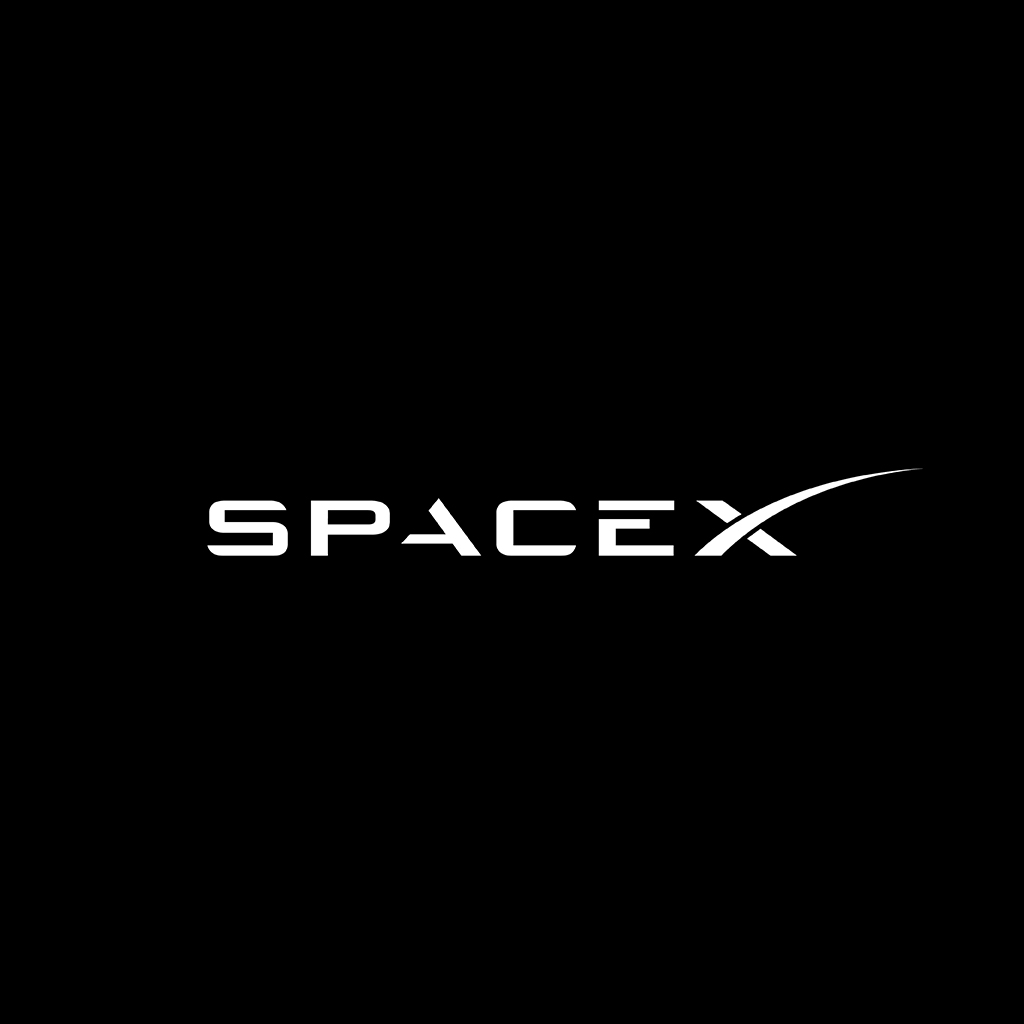The issue of light pollution and its impact on astronomical observations has garnered significant attention recently. While some argue that companies like SpaceX are taking steps to minimize their interference with observatories, there is still a need for astronomers to actively engage in the fight to protect dark skies. This response will delve into the complexities of the issue, explore the potential of legal action, address the need for collaboration between government and industry, and emphasize the importance of comprehensive solutions.
Understanding the Complexities
It is essential to acknowledge the complexities surrounding the issue of light pollution. Satellite mega constellations, such as SpaceX's Starlink, present challenges for astronomers, as their bright reflections can interfere with astronomical observations. However, it is crucial to avoid simplistic narratives and recognize that companies like SpaceX are actively working to address these concerns. They have made efforts to minimize the impact on observatories, including turning off satellite lights once they achieve their orbital position and implementing strategies to reduce glimmer or reflected light.
Exploring Legal Actions
While legal action may seem like an option to hold companies and governments accountable, it is essential to approach this avenue cautiously. Lawsuits can be a double-edged sword, often entailing long legal battles and potentially stifling innovation. Instead of immediately resorting to lawsuits, it is crucial to foster dialogue and collaboration between astronomers, satellite companies, and government regulatory bodies to find mutually beneficial solutions.
Collaboration and Regulation
A balanced approach involves collaboration between stakeholders to establish effective regulations and guidelines. Governments have a role to play in enacting appropriate regulations to limit light pollution and establish criteria for satellite constellations. This includes setting an upper limit on the number of orbiting satellites and artificial light emissions and implementing measures such as satellite deorbiting. However, it is crucial to strike a balance between regulation and innovation, ensuring that scientific progress and technological advancements are not unduly hindered.
The Role of Astronomers and Public Engagement
Astronomers have a unique position to advocate for dark clear sky protection. By actively engaging with the public, policymakers, and industry leaders, astronomers can raise awareness about the importance of preserving the night sky. They can provide scientific expertise and evidence to inform policy decisions, ensuring that regulations are based on sound principles. Astronomers should collaborate with satellite companies, participating in ongoing discussions and sharing insights to minimise the impact on observational astronomy.
Conclusion
Preserving dark skies is a collective responsibility that requires a comprehensive and balanced approach. While legal action may have its place, it should be approached cautiously, with a focus on collaboration and dialogue. By fostering partnerships between astronomers, satellite companies, and government regulatory bodies, we can establish effective regulations that strike a balance between innovation and dark sky protection. Astronomers have a crucial role in engaging with the public and policymakers, raising awareness, and providing scientific expertise. Through these collective efforts, we can ensure that future generations can continue to marvel at the wonders of the universe under pristine, Dark Clear Skies.



